Carpentry Tools
The carpentry tools you would need to purchase for most projects on mycarpentry.com are listed below.
Essential Carpentry Tools for Residential Framing and Trim Work
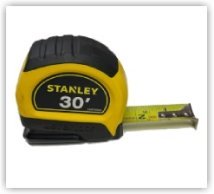 |
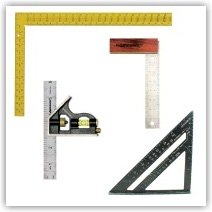 |
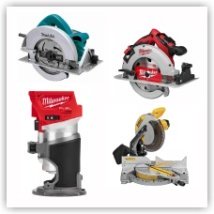 |
| Tape Measures | Squares | Power Tools |
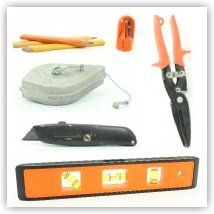 |
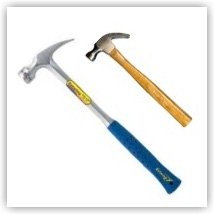 |
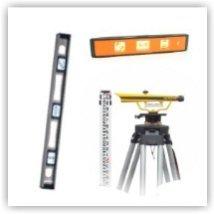 |
| Hand Tools | Hammers | Levels |
Click on each of the links above to get more information about the different groups of tools and how to buy them online.
A tool belt is also an essential piece of equipment - without it, you would have no practical way to carry your tools.
Essential Carpentry Tools
Check out the complete list of essential carpentry tools below:
Carpentry Hand Tools:
- Hammer (framing, trim, roofing)
- Tape Measure
- Chalk Line
- Carpenter's Pencil
- Utility Knife
- Tin Snips
- Nail Puller
- Speed Square
- Framing Square
- Levels
- Wood Chisels (assorted)
- Clamps (spring, bar, and pipe)
Essential Power Tools: (corded or cordless)
- Circular Saw
- Drill (3/8" to 1/2" chuck)
- Reciprocating Saw
- Extension Cords (for corded tools)
- Extra Batteries and Charger (for cordless tools)
Non-essential (but nice to have) Tools:
- Nail Guns (framing, roofing, and finish)
- Air Compressor and Hoses (for pneumatic tools)
You can frame the structure of an entire house with the tools mentioned above, but if you are planning to add wood siding, window and door trim, and cornice, you might also add:
- Compound Miter Saw
- Table Saw
- Router
- Router Table
Purchasing Carpentry Tools
If you are new to carpentry and don't have many tools, I recommend only buying the tools you need for the job you are preparing to do. The rest will come over time as you learn more about carpentry and build more diverse projects.
I purchased my first circular saw when I decided to become a professional carpenter. It was the perfect choice for someone who might use the saw a few times a year but not for a carpenter who would use it six or seven days a week. The inexpensive circular saw lasted only four months on the job site. The second circular saw I purchased was a professional model that cost twice the money but has lasted nearly 40 years. If you know you will use a tool for a long time and on multiple projects, purchasing a high-quality professional-grade tool makes the most sense.
The power tool you buy should be adequate for the type of work you have planned for it. On one occasion, I bought a small power tool to save money, but it was too lightweight to handle the job, and I burned up the motor trying to make it work. I needed a professional model.
If you only plan to use a tool once or twice, consider renting it. For me, that tool is a hammer drill. I only use it when I attach a deck's ledger board to the face of a concrete slab. When I build that occasional deck, I always rent the hammer drill.
My Tools
I own a mix of corded and cordless tools. I bought the same brand name cordless tools so I could share batteries between them. I use corded tools when I need to do lots of repetitive work and have easy access to electricity. I use cordless tools for almost every other work scenario, especially when electricity is scarce.
Framing Carpentry - How to build a floor, a wall, a roof, and more.
Build a Deck - Explore the seven phases of building a 10x10 deck.
Stairs and Landings - How to build stairs and landings.
DIY Projects - Check out the DIY projects on mycarpentry.com.
**As an Amazon Associate, mycarpentry.com earns revenue from qualified purchases.
What next?
Leave Carpentry Tools and visit the mycarpentry.com home page.


